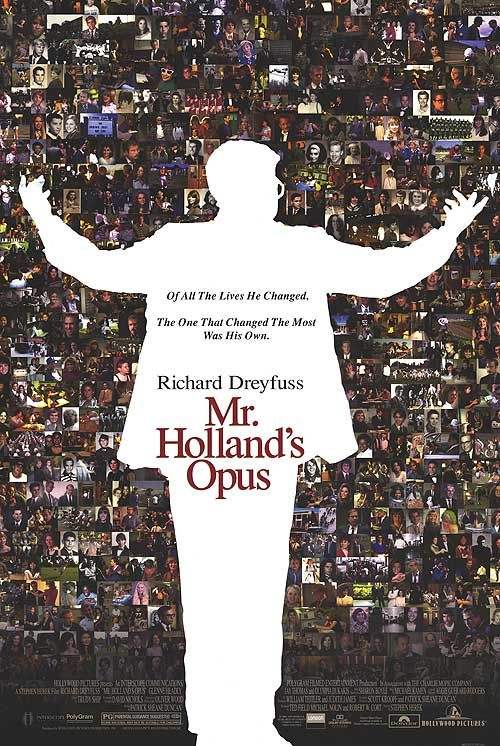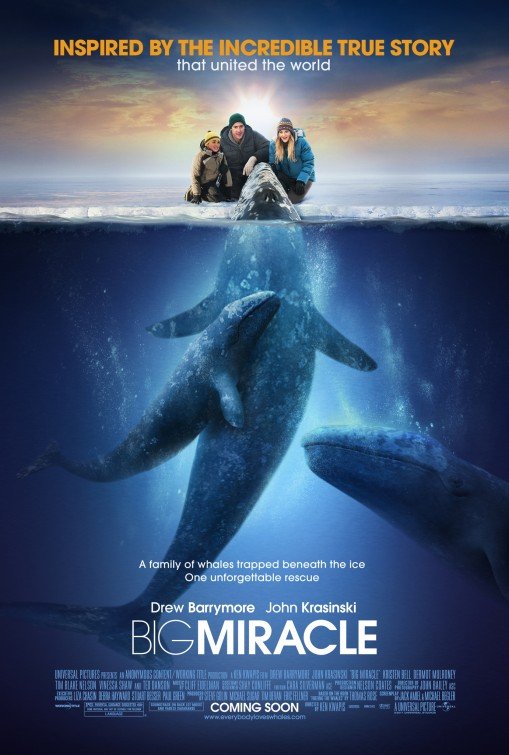When Did Dancing in Movies Become So Sexual?
By Mary Margaret Bawden
I was born in the ‘50s and, in my youth, I became a fan of dance movies. A comfortable sofa, lots of popcorn and, if I’d done my chores, a very special treat: soda. It was enthralling to see movie stars dance when I was growing up. I remember watching Mickey Rooney and Judy Garland meet together in a neighborhood show (“Love Laughs at Andy Hardy” 1946), make an attempt to break into show business (“Babes in Arms” 1939), or lighten up a high school dance (“Strike Up the Band”1940). Each plot got me dreaming about dance because the fun and joy of movement oozed through the movie screen. I also watched Shirley Temple movies. In fact, I was a fanatic…turning them on and seeing them over and over again. Those memories linger even today. Because of that, I ordered a collection of them for my 2 young granddaughters. When they visit, it’s ‘a very special treat’ to watch Shirley dance just as she did for me.
In the 21st century culture, interest in dance movies (and dance on TV) has increased. Some of them are excellent. Just last weekend, I bought a big box of popcorn and enjoyed “La La Land”. It blends the art form of dance and story, making our steps a bit lighter when the show is over. It also provokes us to think about the deep, purposeful meaning behind the relational context of love. I was surprised by the wealth of winning combinations in this story! Over dinner, my husband and I talked about the movie for close to an hour.
Also, have you seen “A Ballerina’s Tale”, the documentary of Misty Copeland? She is the first black dancer chosen to receive principal status for the ABT(American Ballet Theater). The story is good, the dancing is gorgeous, and we learn from Misty about perseverance. Then, there are cartoons like “Angelina Ballerina” (that my granddaughters introduced me to) shaping the hearts of children to engage in positive values and to be kind.
But, I need to pause here. First, you should know that I have a BA in dance from the University of California at Riverside, and I love the art form. In fact, I’ve spent over 20 years developing dance ministry at my church, and I’ve written a book about welcoming dance into our culture inside and outside of a faith context. The truth is I’m a cheer-leader for dance and dance movies (like the ones I mentioned in this article). Because of that, I support dance and dance educators as well as a bevy of first-rate dance studios. I hope that you take advantage of them because current educational research is clear on the benefits of age-appropriate dance. That’s why my granddaughters attend a dance studio located in Alabama. On the other hand, because I’m a dance educator, I think and reflect about cultural trends that are not healthy. It’s called discernment. So here goes.
Dance has an intended, artistic purpose in the art form that is being hijacked. In the USA, many current dance movies normalize hyper-sexuality for men, women and children that influence and model how children view both relationships and the beauty of the human body. Instead of focusing on celebrating dance in appropriate ways, sexual objectification has become the primary focus in several current films. Take a look at the “Step Up” Franchise: “Revolution” (2012), “Lapdance” (2014) and “24 Hours to Live” (2017). While some aspects of these films are enjoyable, there is enough unhealthy sexuality in each one to cause concern.
On a practical level, and even more troubling, is the increase in sexualized, objectified movement developed for children by some dance teachers and dance studios. Often, they model their movement choices on what they see in the media culture. I’ll label this cultural shift the difference between healthy, age-appropriate dance versus unhealthy, age-inappropriate dance.
Before I go further, I want to clarify what I mean by sexualization/objectification in movement by sharing some research you can read in detail. The APA (American Psychological Association) report on girls says that there are several components to unhealthy sexuality, and these components set it apart from healthy sexuality. When their criteria is applied to movie, TV and studio choreography, it’s important to identify negative movement patterns: booty pops, lip-licking, finger licking/sucking, breast or groin stroking, patting or pointing towards breast or genitalia, crotch-grabbing, obscene gestures, suggestive grinding, and seductive props and looks; and, the sexual menu continues to increase.
This is not the art form of dance. It does not promote artistry or creativity. Actually, it is hyper-sexualization, and it is hurting the perception of dance when a wide-ranging audience watch it in movies, model after it, and move in it. More importantly, it normalizes unhealthy sexuality as defined by the APA report. Because there are many people who love dance movies as well as dance educators who are concerned about this cultural trend just like me, I have released several materials to provide a solution for dance education, particularly focusing on children under 12, under the title of DA:NCE(Dance Awareness: No Child Exploited) on my website: www.soultosolechoreography.org. I’ve described them below:
1. A 4 minute video exploring the problem of sexualization in children’s dance. Please share it on facebook.
2. An R rated, research-based 30 minute video or a PG rated research-based 17 minute video that has been designed to bring awareness and education in dance so that children are not exploited.
3. An educational powerpoint presentation anyone can download to make a presentation in their local community on this topic.
4. An encouragement to join Youth Protection Advocates in Dance (ypad4change.org). Y.P.A.D. is a national organization that is working to certify dance studios with healthy movement criteria(and a lot more).Your membership will make a difference for you and for change across the national scene.
5. A national dance petition sponsored by the National Center on Sexual Exploitation(NCOSE) bringing education and awareness to dance studios about the objectification of children under 12.
While I support the art of dance 100%, I do not support its inappropriate use. There are appropriate ways to use choreography in this culture, and unfortunately, inappropriate ways to distort things as well. Please join me in educating others about dance movies that distort the art form, as well as the cultural acceptance of dance that normalizes the hyper-sexualization of children. Let’s make healthy sexual choices in what we support at the movies and on TV as well as what we allow our children to participate in. I feel a responsibility to protect children, educate adults, and encourage the art of age-appropriate dance in the current media culture.
Now, back to popcorn and soda. Ever hear of a movie called “Singin’ in the Rain?”
Questions or comments? Please write to us here.


 - Content:
- Content: 

 – Content:
– Content: 